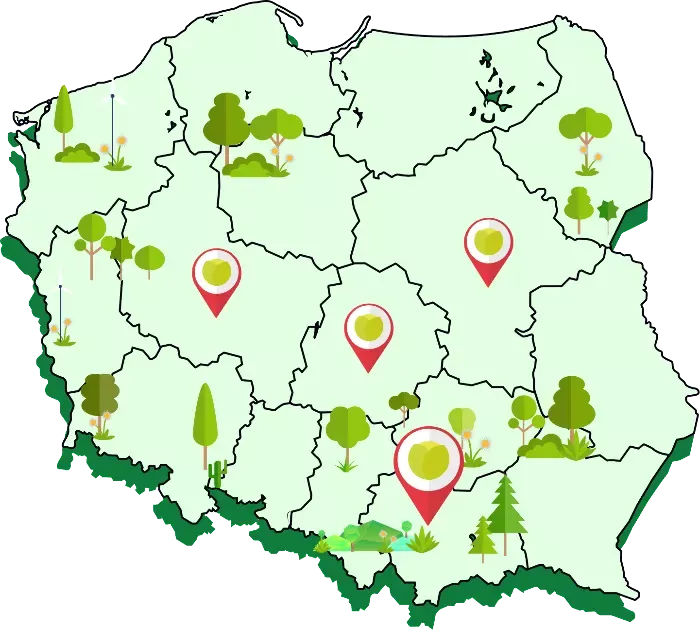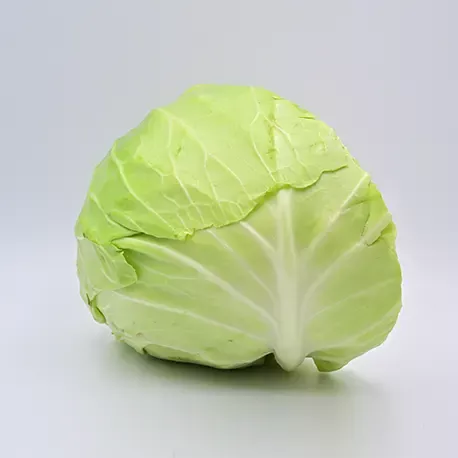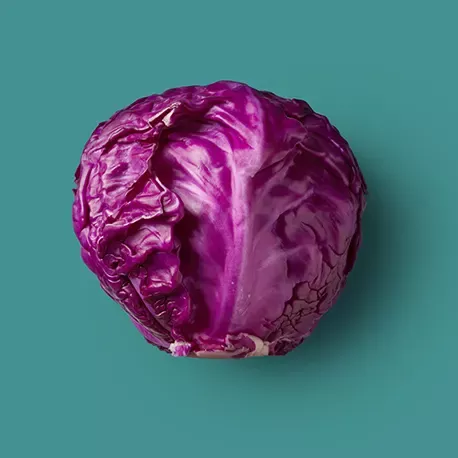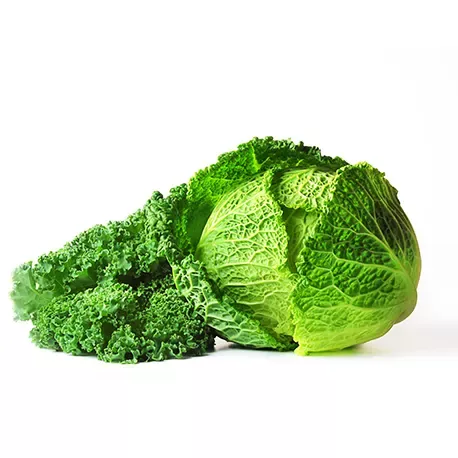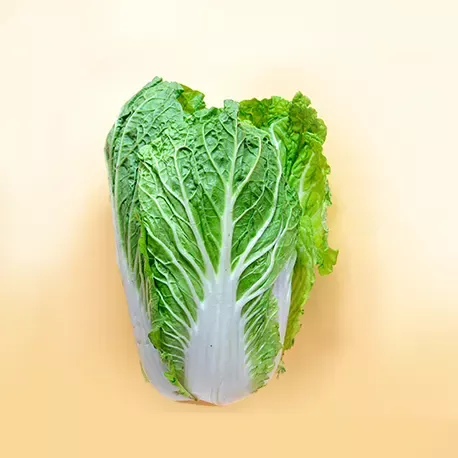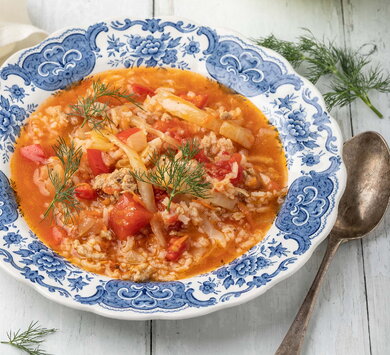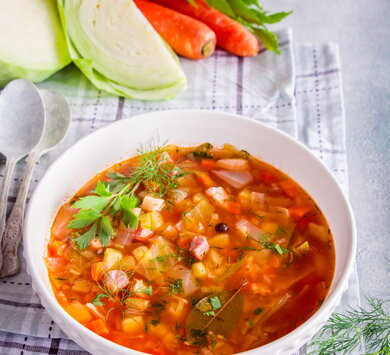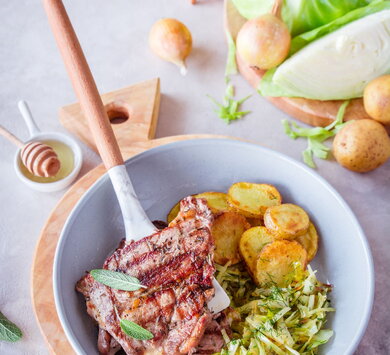Cabbage
There are many varieties of cabbage. In the old days, Dutch sailors took onions and barrels of sauerkraut to prevent scurvy. In folk medicine and battlefield conditions cabbage leaves were applied to wounds. It was also a remedy for weld pain, headaches, burns and hemiplegia.

How big can a cabbage head be? Mostly 3-5 kg, but the record-breaking one was bred in Wales and was a whopping 56 kg!
It contains vitamin C, which is also preserved during pickling, although contrary to popular belief there is half as much of it as in fresh leaves. The main nutrients contained in cabbage are B group vitamins, folic acid, vitamin K, beta carotene and small amounts of vitamin E.
Cabbage has many varieties differing in harvest time, size, texture or pest resistance. However, consumers pay most attention to the size of the head, the shape of the leaves, the compactness of the structure and the colour. Very early varieties appearing in late spring and early summer are also desirable. They are loose, cone-shaped, small, crisp and perfect for quick one-pot dishes.
SPECIES
White-headed varieties
Their harvest begins in late spring and their heads are small and cone-shaped. Those harvested later have compact leaves and are much larger - they are then suitable for salads, cabbage stews or stuffed cabbage rolls. Varieties harvested in late autumn have the largest and most compact heads, and their high sugar content makes them best suited for pickling and preserves.
Red-headed varieties
Their heads are smaller than those of the white varieties. The purple leaves fit tightly together both inside and outside the cabbage. The colour is intense both on the surface and in cross-section. In Silesian dishes, these varieties of cabbage are referred to as cerulean. In order to preserve its intense red colour, a little vinegar or lemon juice is added to the dish at the end of cooking to maintain the appetising colour.
Savoy cabbage
Its heads are large and green and the leaves have a characteristic crimp. Some consumers describe them as more tender than white cabbage varieties. Savoy cabbage is irreplaceable for dishes that require wrapping in leaves.
Napa cabbage
It is a small cabbage with loosely arranged light green or whitish yellowish leaves with a mild flavour. It is mostly appreciated in raw form, but also fermented. It is becoming increasingly popular to make kimchi, a spicy fermented pickle, served as a side dish.
NUTRITIONAL VALUE
Nutritional value per 100g of cabbage:
ENERGY VALUE
PROTEIN
FATS
CARBOHYDRATES
VITAMIN C
POTASSIUM
Cabbage FOR YOUR HEALTH!
For weight loss
Cabbage is a low-calorie vegetable, which has been used by the creators of the famous cabbage diet. They recommended cabbage soup be eaten every day, for the entire duration of the diet. There would be nothing wrong with this, but the other recommendations of the diet have rendered it deficient, therefore, if followed for a long time, it can cause harm to health. Therefore, it is worth remembering to shed weight thoughtfully, and cabbage can be a valuable component of an editorial diet.
For shiny hair
The characteristic smell of cooked cabbage comes from the sulphur compounds it contains. They are part of the protein structures that build hair and nails. Eating cabbage on a regular basis will support the condition of your hair and prevent nail brittleness.
Anti-cancer effect
Cabbage contains a compound with anti-cancer effects called sulforaphane. This substance prevents the development of certain types of cancer, which has been proven in scientific research. However, it should be made clear that it has no action against already developed tumour lesions.
Good for the cardiovascular system
The antioxidants in cabbage have an anti-inflammatory and anti-atherosclerotic effect. This has a beneficial effect on maintaining the proper functioning of the cardiovascular system and prevents the narrowing of vessels associated with the accumulation of atherosclerotic plaque.
PRODUCTION MAP
Cabbage is the most widely grown field vegetable in Poland. The largest cabbage production basin in our country is located in the vegetable basin in Małopolska, near Kraków. In addition, most cabbage is also grown in the Łódzkie, Mazowieckie and Wielkopolskie Voivodships.
